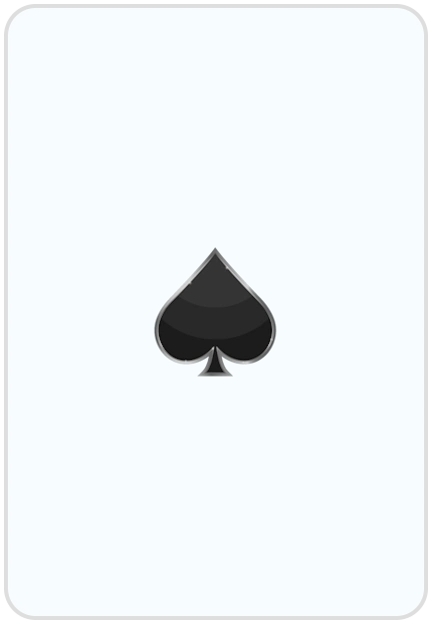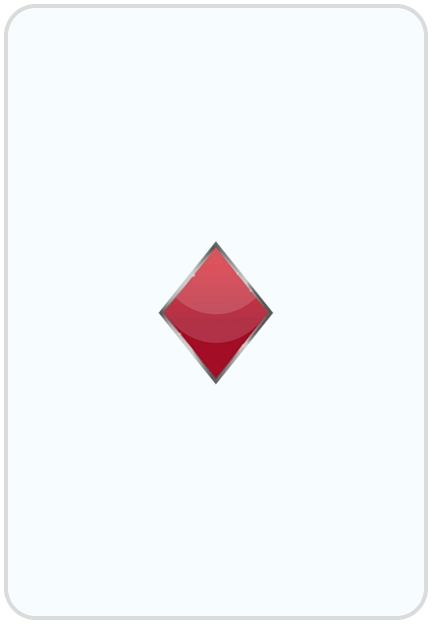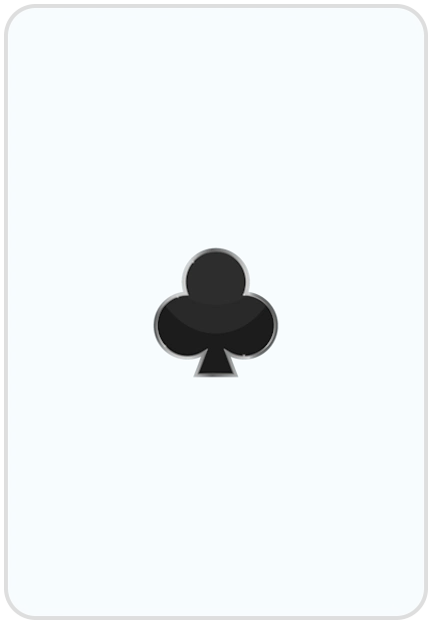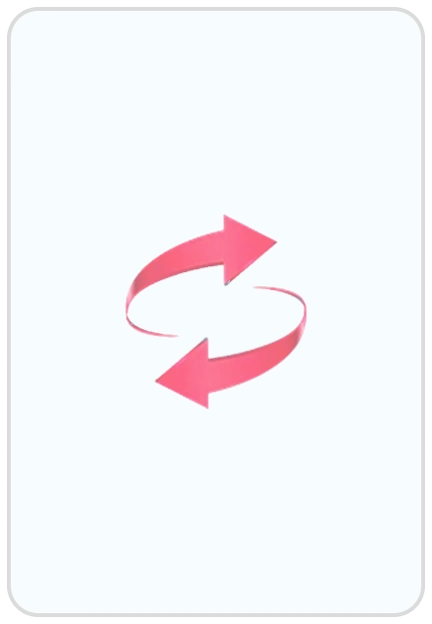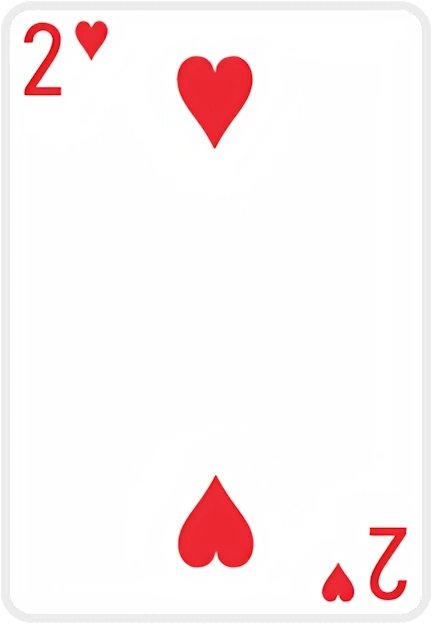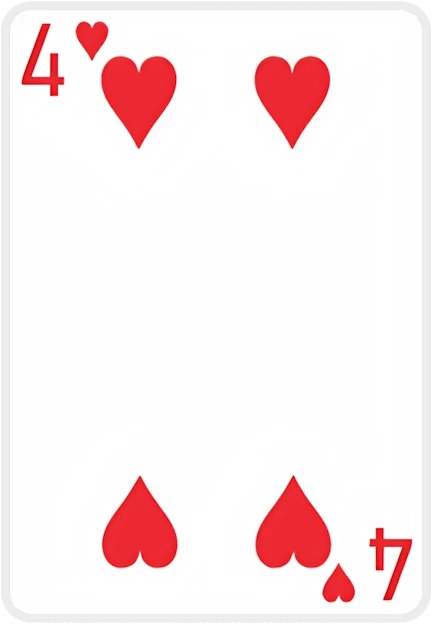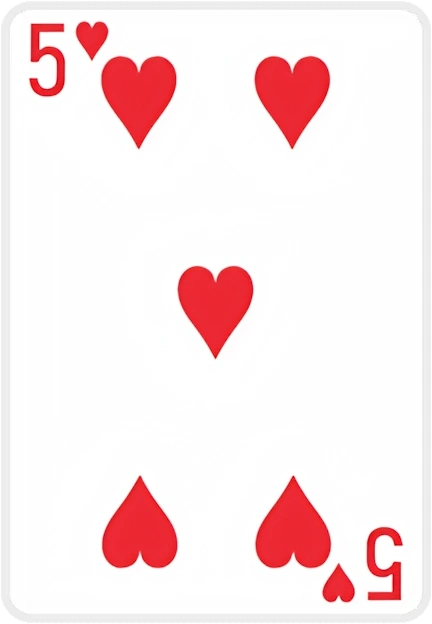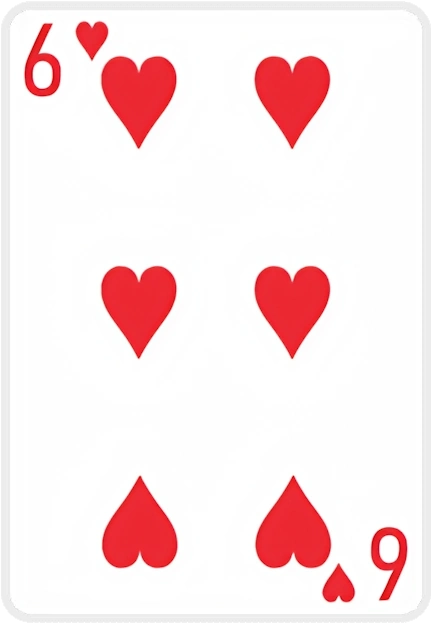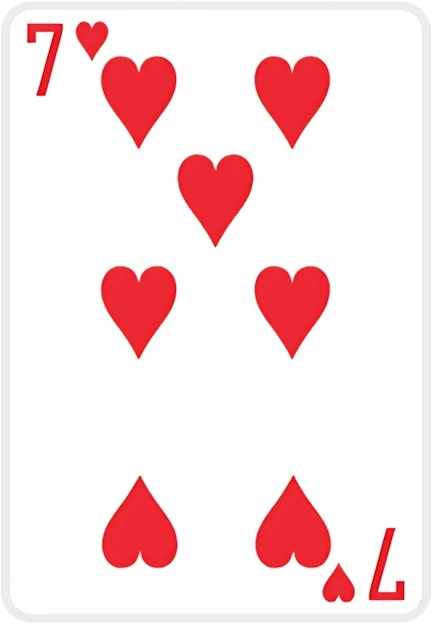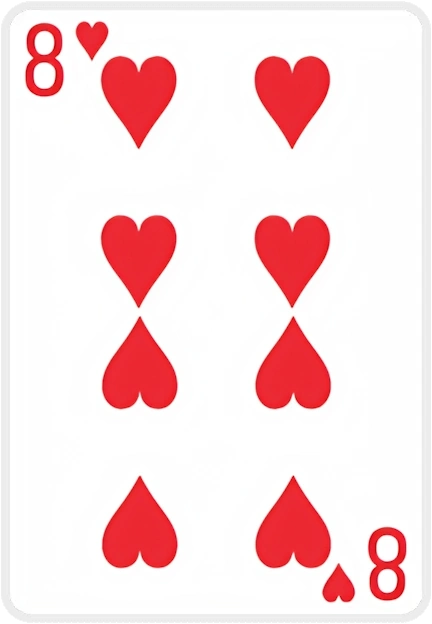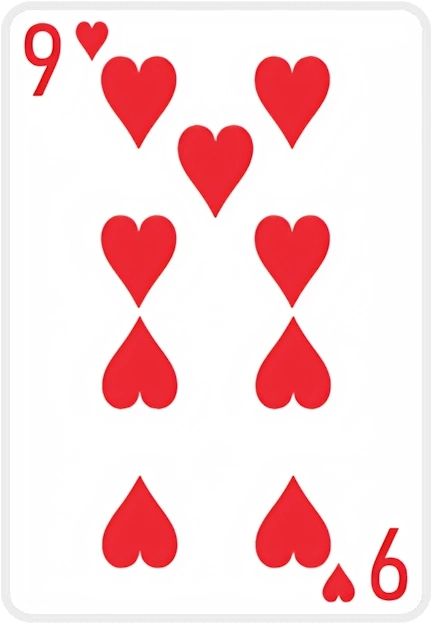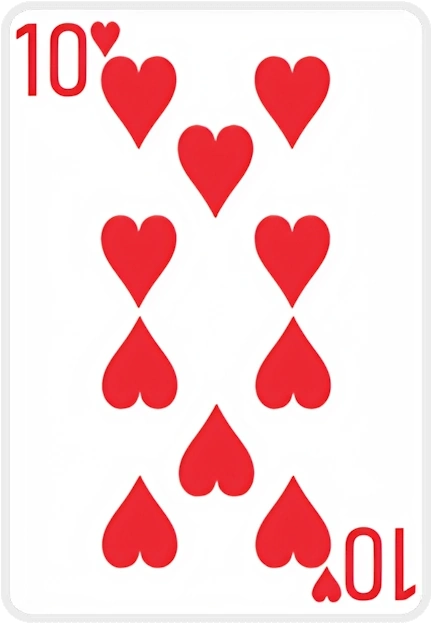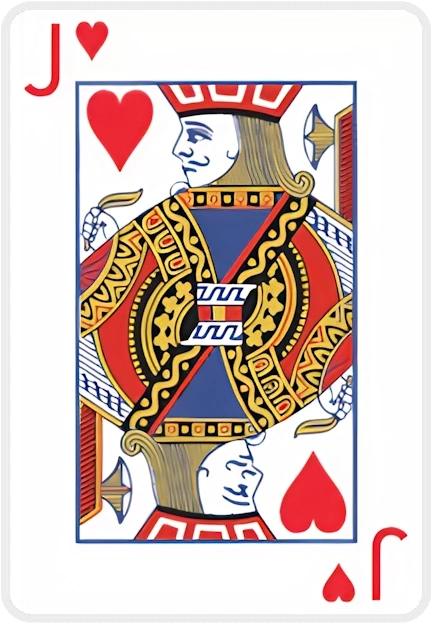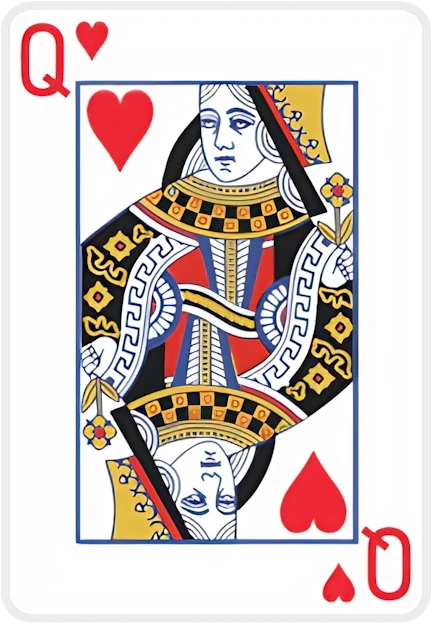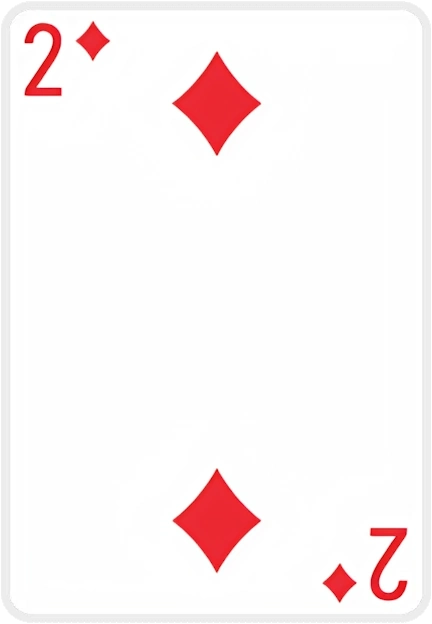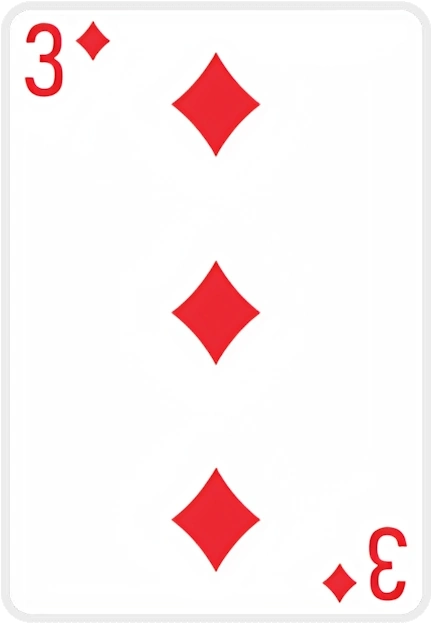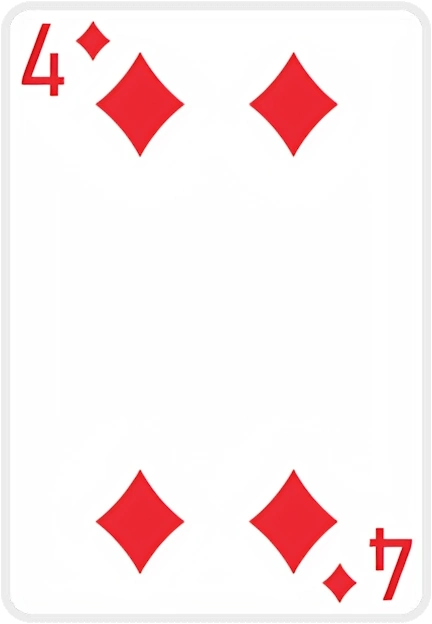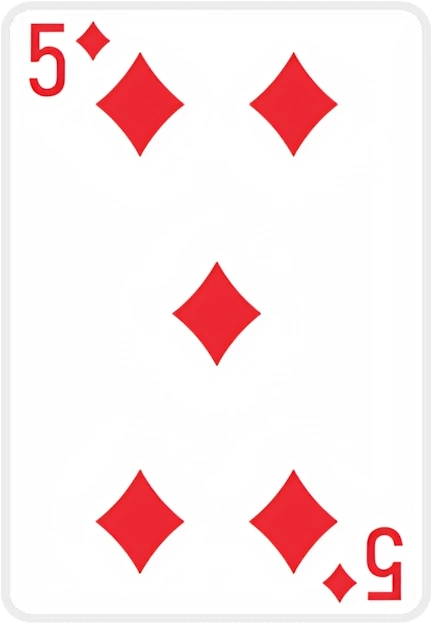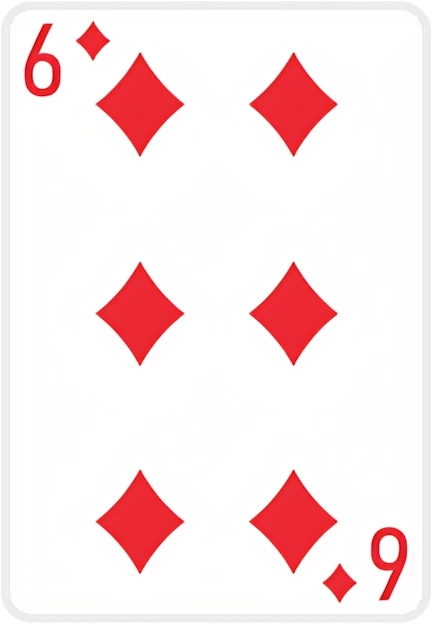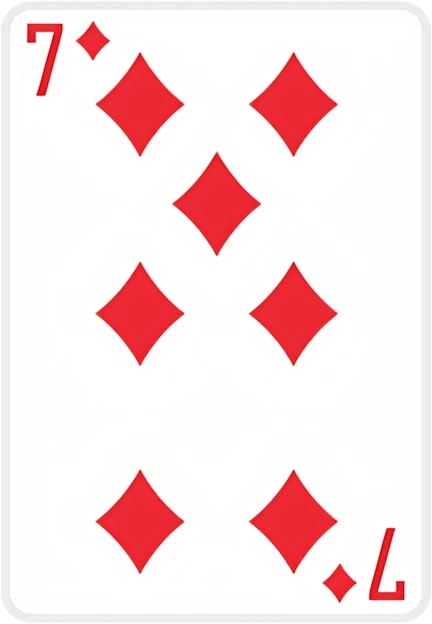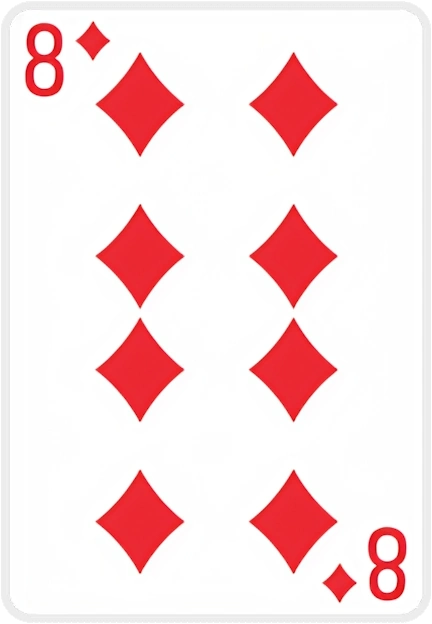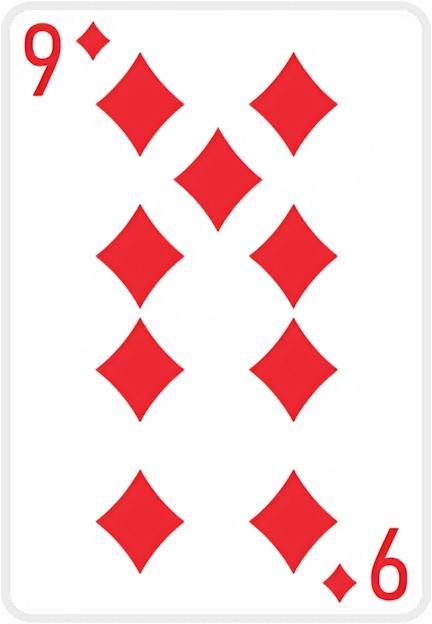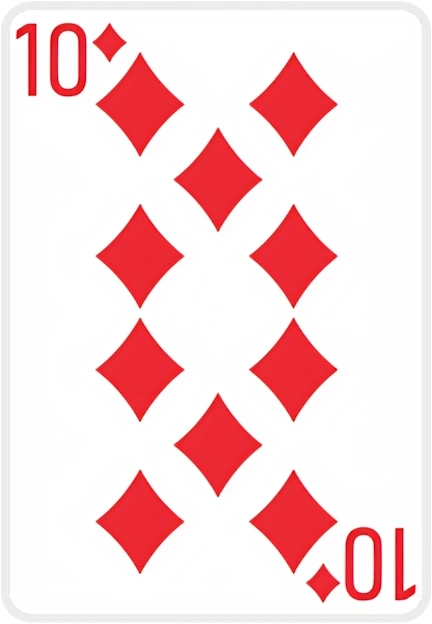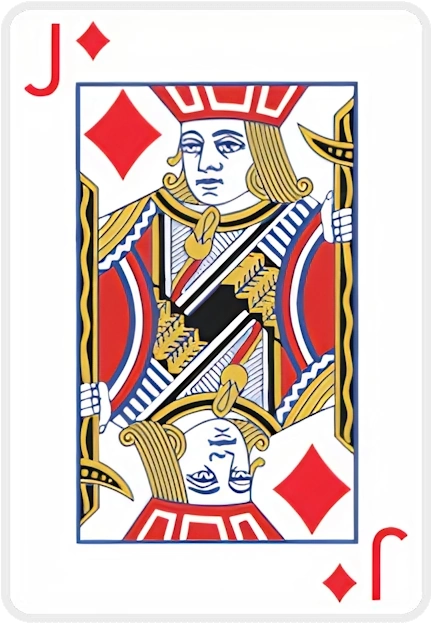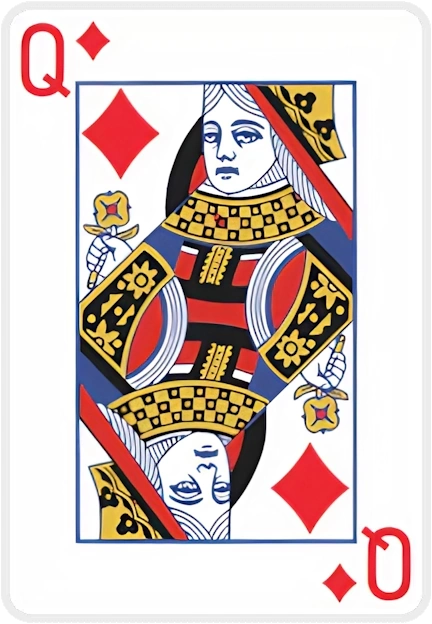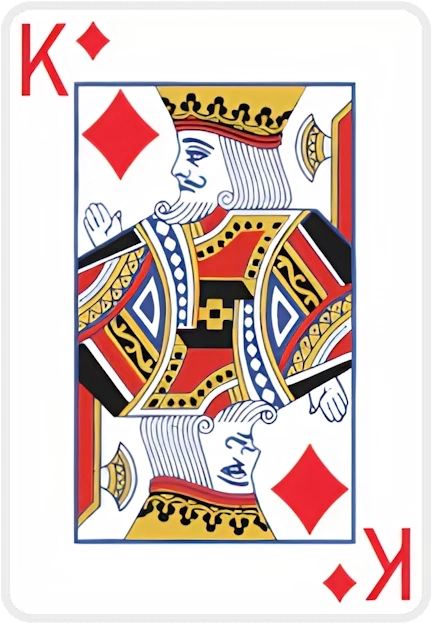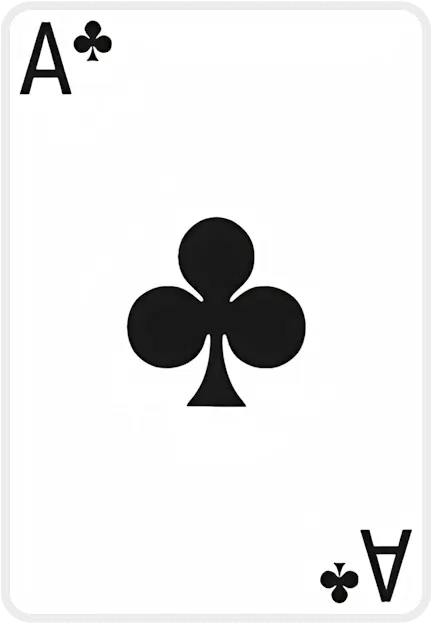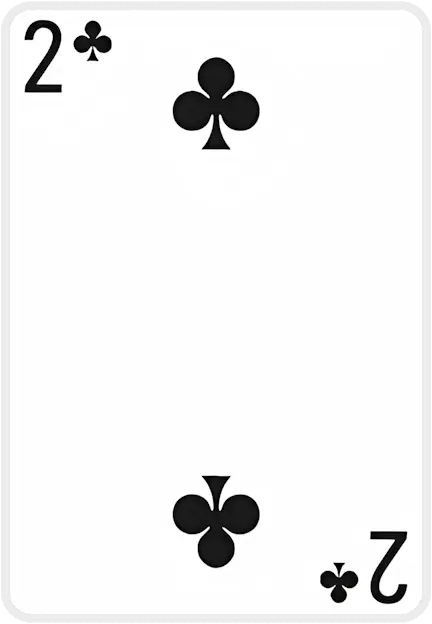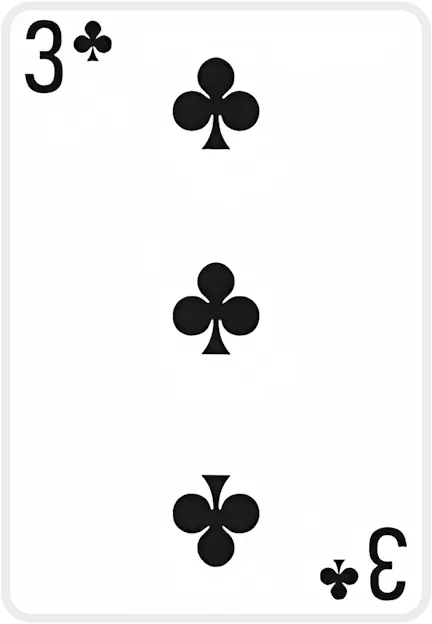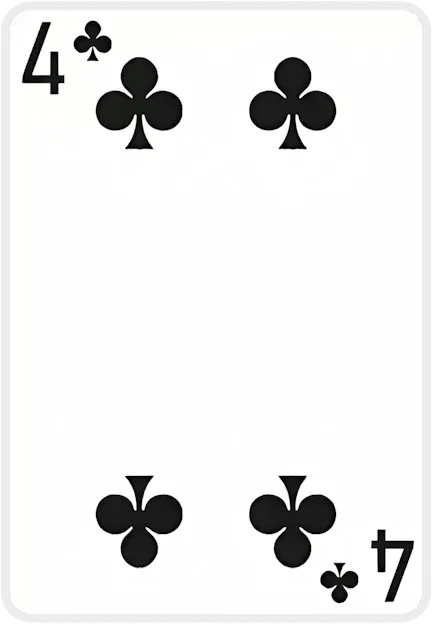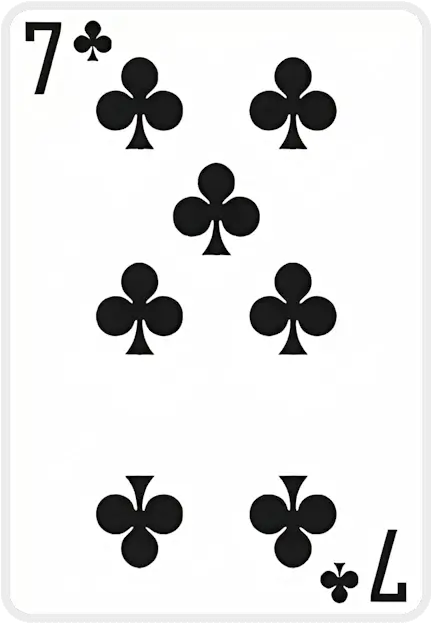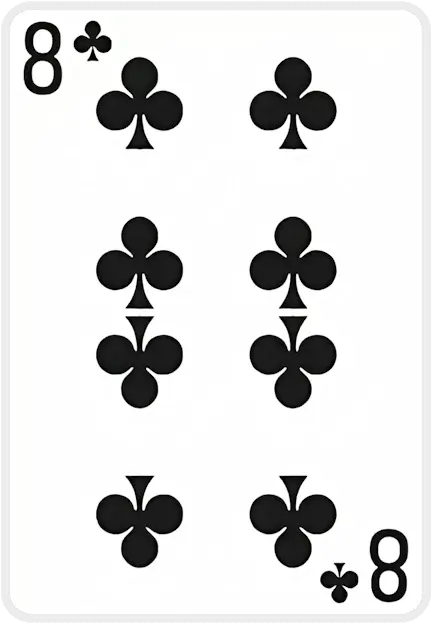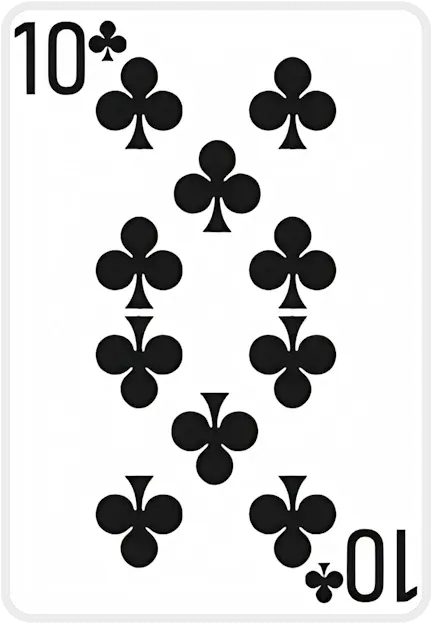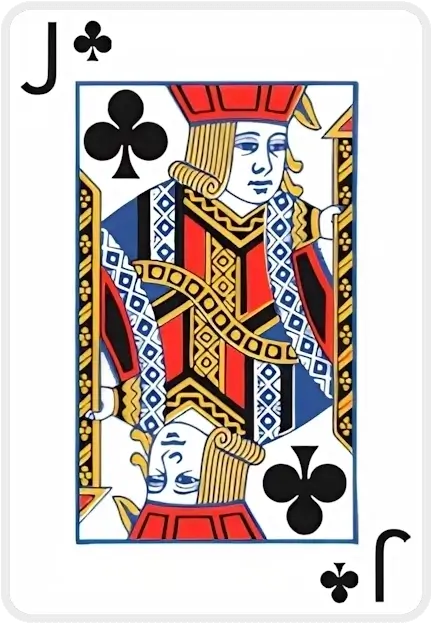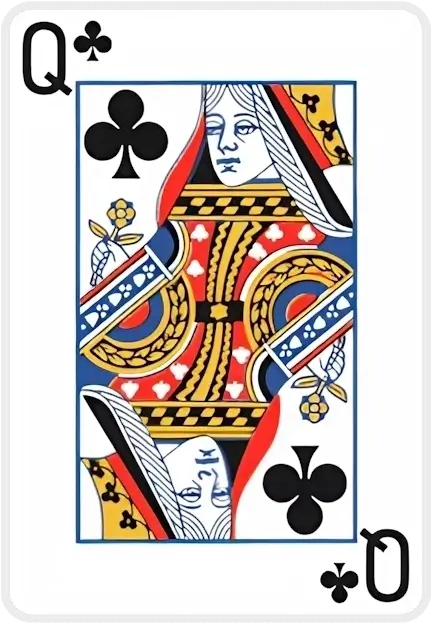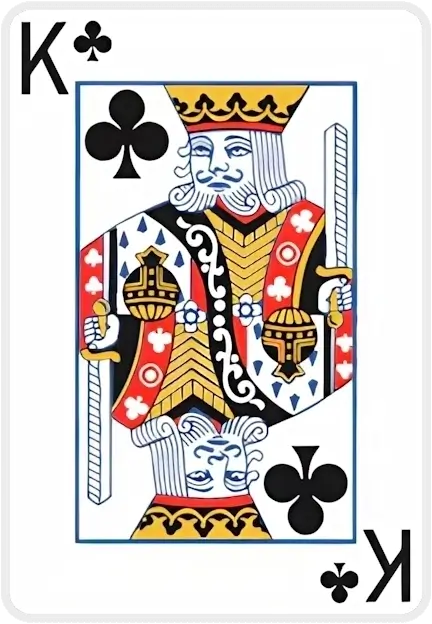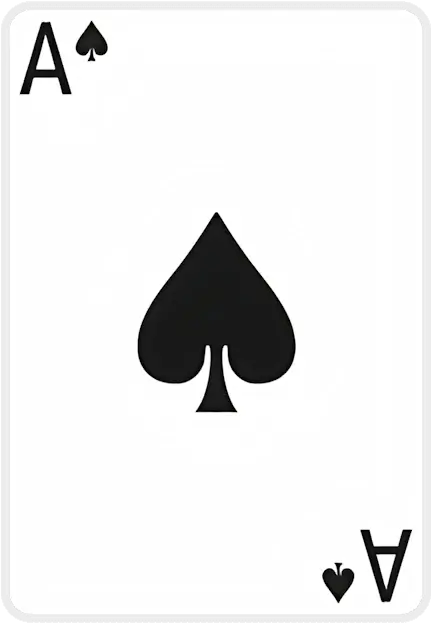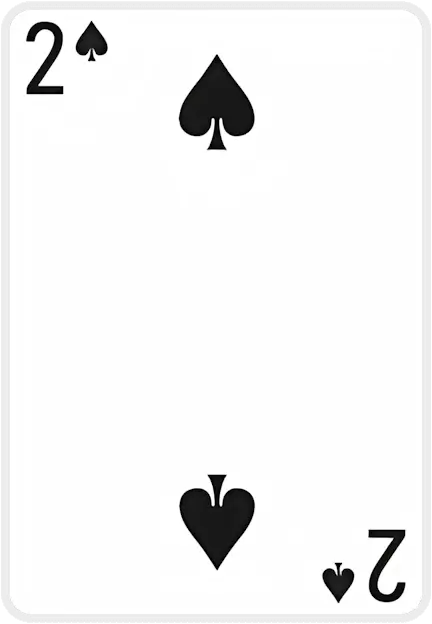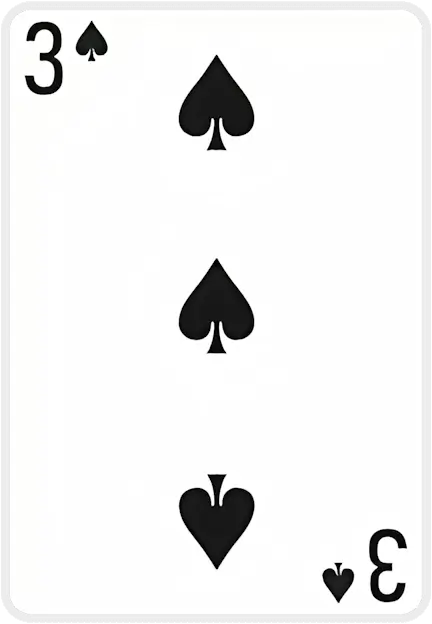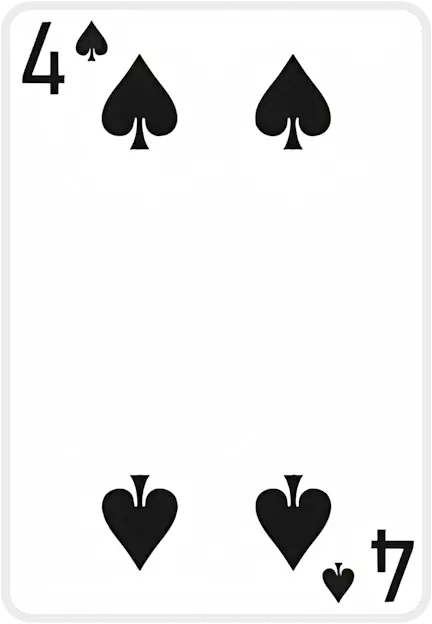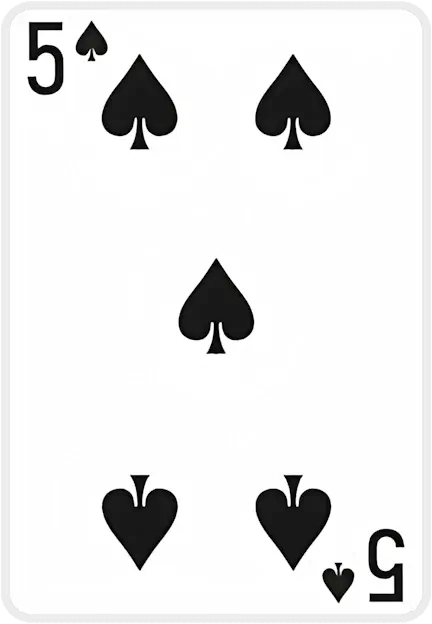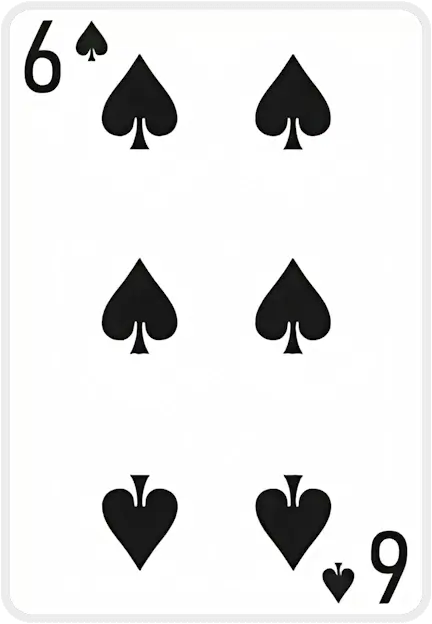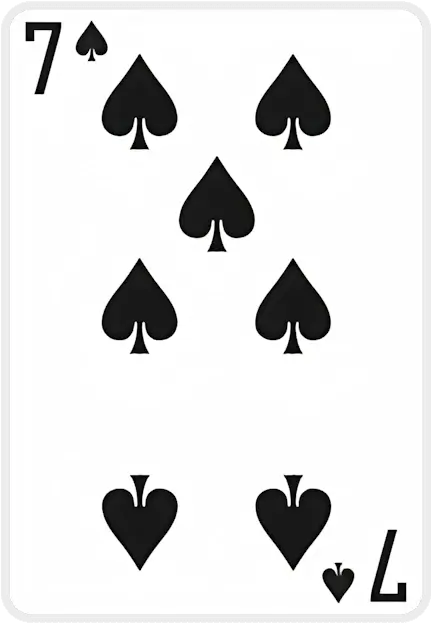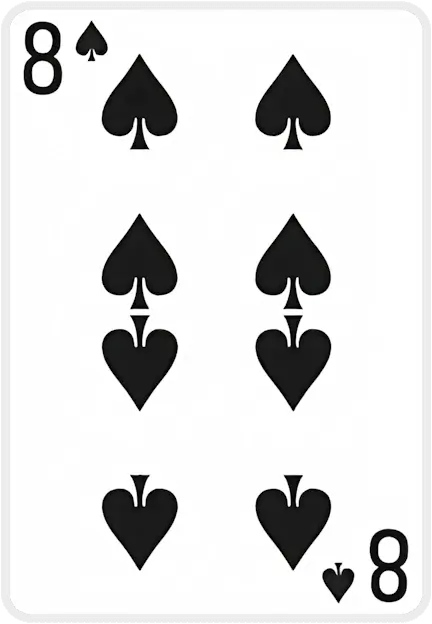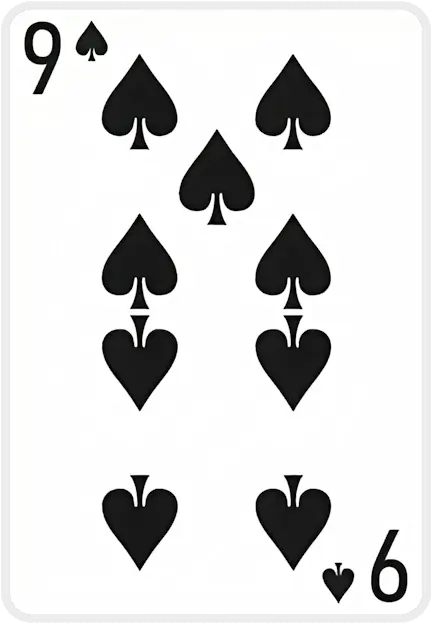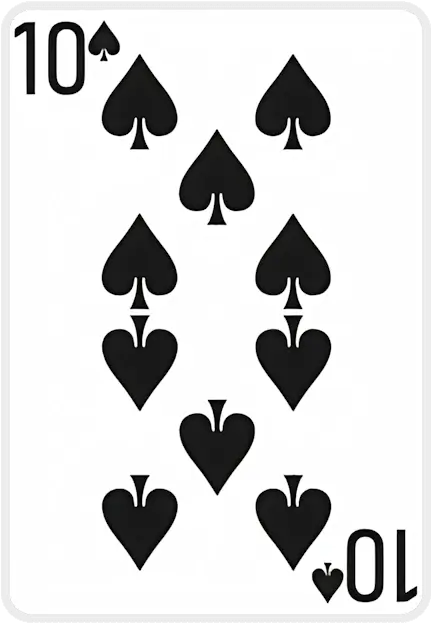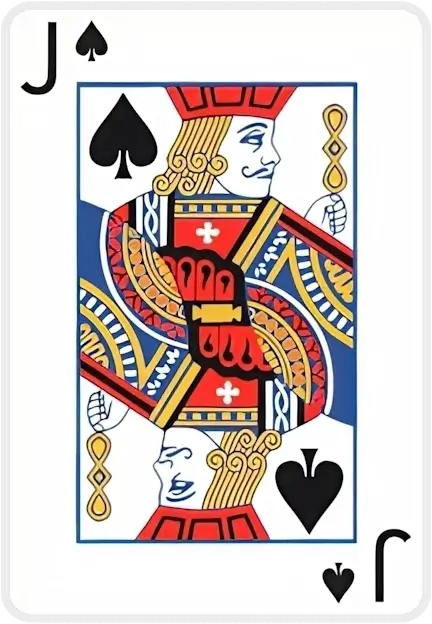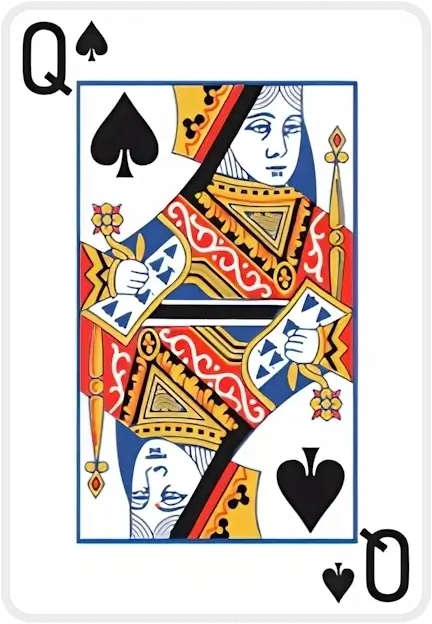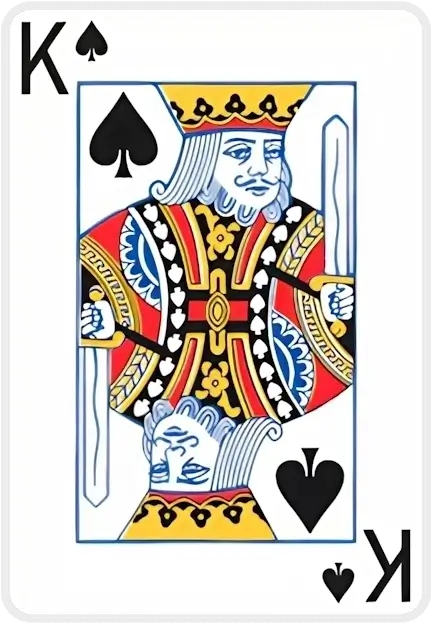Cannot drop, your card needs to be of an opposite suit colour
Cannot drop, your card needs to be one rank lower
Cannot move multiple cards to foundation
Card suit doesn't match foundation pile suit
Card can only be dropped on top of a card pile
Cannot deal cards when there are empty tableau piles
You can only move {0} card(s) at a time based on the current free cells and tableau
The cards don't add up to 13 and cannot be moved
The card is inaccessible and move cannot be performed
Cards must be in sequential order (one higher or lower)
Eight Off Solitaire

Eight Off Solitaire
Eight Off Solitaire is a challenging one-deck solitaire game in the FreeCell family, named for its use of eight free cells. The goal is to move all cards to the four foundation piles (one for each suit), building each from Ace to King. At the start, all 52 cards are dealt face-up into eight tableau piles of six cards each, and four of the eight free cells are filled (the other four start empty). In the tableau, cards are built down by suit (for example, 9♣ on 10♣), and foundations are built up by suit. Only one card moves at a time (though empty free cells allow moving multiple cards in sequence). An empty tableau column may only be filled with a King – a key rule that makes Eight Off more strategic than FreeCell. Ready to play? Visit SolitaireX’s Eight Off page to start the game online.
How to Play
- Deal the Cards: Shuffle a standard 52-card deck. Deal all cards face-up into eight tableau piles of six cards each. Place the remaining four cards into four free cells (one card in each cell). The four foundation piles (one per suit) start empty.
- Building Foundations: Move cards to the foundation piles as soon as possible. Foundations are built up by suit from Ace through King. For example, only a 2♠ can be placed on the Ace of Spades, then 3♠ on 2♠, and so on.
- Building in the Tableau: In the tableau, build piles down by suit. You may move the top card of any tableau pile onto another tableau pile if it is one rank lower and the same suit. For example, move 9♣ onto 10♣.
- Moving Cards to Free Cells: You may move any single card from the top of a tableau pile to an empty free cell (reserve slot). Free cells hold one card each and help free cards in the tableau. You can also move any card from a free cell back onto a tableau pile (if it fits) or to a foundation pile.
- Sequence Moves: While only one card moves at a time, you can effectively move sequences by using free cells and empty columns. For example, by temporarily relocating cards to free cells, you can shift a long suited sequence in one motion.
- Empty Column Rule: Whenever a tableau pile becomes empty, you may only place a King there. No other card can move into a vacant column. This rule greatly influences strategy.
- Winning the Game: The game is won when all cards are moved to the foundation piles. That is, each foundation pile holds a complete suit from Ace up to King.
Rules
- Deck and Layout: Played with one 52-card deck. Deal all cards face-up into eight tableau piles of six cards each; place the remaining four cards (one each) into four free cells. Four foundation piles start empty.
- Foundation Building: Foundations are built up by suit, from Ace to King. Only the next rank of the same suit may be placed on a foundation.
- Tableau Building: Tableau piles are built down by suit. Only a card one rank lower and of the same suit can be moved onto a tableau pile.
- Free Cells (Reserves): There are eight free cells (four pre-filled at deal) that hold one card each. Any single top card from a tableau or foundation may be moved to an empty free cell.
- Single and Sequence Moves: Normally only one card moves at a time. However, empty free cells and columns allow moving multiple cards in sequence as if one at a time.
- Empty Tableau Rule: Only a King may fill an empty tableau column.
- Objective: The game ends when all cards are on the foundation piles (all suits built from Ace to King).
Strategies
- Build Foundations Early: Focus on uncovering Aces and building up each foundation pile as soon as possible. Early foundation builds free up tableau cards and guide your play.
- Use Free Cells Wisely: The free cells are valuable buffers. Do not fill them all at once. Keep some cells open to maneuver important cards and sequences.
- Move Sequences When Possible: Whenever you can move multiple cards by freeing up space (free cells or columns), do so. Moving long suited sequences can clear piles quickly and open new opportunities.
- Keep a Free Column: Try to maintain at least one empty tableau column. An empty column (for a King) provides flexibility, making it easier to rearrange cards and free long sequences.
- Play Off the Tableau: Always check if a tableau card can go to the foundations – this opens more tableau space. Moving cards to foundations when possible is a key winning tactic.
- Undo and Retry: Don’t hesitate to use the undo function if playing online; experiment with different moves. If you find yourself stuck, restarting or undoing moves can reveal a better strategy.
- Patience and Planning: Plan several moves ahead. Consider which cards you want in the free cells and which to leave on the tableau. Patience often pays off in Eight Off. If stuck, try moving a card to the foundation or rearranging free cells as a last resort.
By mastering these rules and strategies, serious players can conquer Eight Off Solitaire. Ready to put these tips into practice? Head over to Solitairex’s Eight Off page and challenge yourself with this exciting FreeCell variant!
Sources: Authoritative game guides and rule references.
Case Studies
All figures below come directly from our database. Using first-party data ensures every insight is evidence-based, up-to-date, and privacy-respectful.
| Game Tier | Stand-out Titles | Win Rate |
|---|---|---|
| Quick Wins | Spider (1 Suit), Hole-in-One, TriPeaks | 70–84% |
| Fair Challenges | Solitaire (Draw 1) – 913 k plays FreeCell, Golf |
45–63% |
| Expert-Level | Spider (4 Suits), Forty Thieves, Double Scorpion | ≤11% |
Curious which moves turn the odds in your favor? Explore all the data & strategies →
What people say about us
Interview with Beverley Walker-Daury
At 87, Beverley Walker-Daury shares how SolitaireX brings joy, companionship, and purpose to her days in a retirement home.
Player Interview: Poul Andersen
Poul Andersen shares how playing SolitaireX helps him keep his brain sharp and active.
Player Interview: Peter Gross
Peter Gross, 81, shares how SolitaireX became his go-to place for relaxing Freecell games and friendly competition.
Player Spotlight: St0Sh0’s Record-Breaking Runs on SolitaireX
We sit down with speed-solitaire sensation St0Sh0 to talk record times, favorite variants, and why SolitaireX is his go-to card-game hub.
Fresh from the SolitaireX Blog

Decks & Destinations: The Solitaire Traveler Series Part 5: Berlin — Strategy & Culture Walks
Berlin’s rhythm of reflection and structure pairs perfectly with Solitaire’s calm logic. This guide invites travelers to explore the city’s culture and canals with a few mindful moves between each stop.

Decks & Destinations: The Solitaire Traveler Series Part 4: Tokyo – Mindful Play in a Fast City
Tokyo’s fast pace hides countless moments of calm — perfect for a mindful round of Solitaire. This traveler’s guide pairs iconic spots with short, focused play sessions to restore clarity on the go.

Decks & Destinations: The Solitaire Traveler Series Part 3: Seattle — The PC-Era Vibe
Seattle’s rain-washed calm pairs perfectly with Solitaire’s quiet focus. This traveler’s guide shows how to blend sightseeing, coffee breaks, and short, finite puzzles into a mindful PC-era rhythm.

Decks & Destinations: The Solitaire Traveler Series Part 2: London – From “Patience” to Presence
London’s slower moments pair perfectly with Solitaire—once known locally as “Patience.” This traveler’s guide blends calm city rhythms with mindful card play to help you recharge between adventures.
Latest guides crafted by Stoyan Shopov and Kalin Nikolov
Golf Solitaire Mastery: Strategy, Stats & Flow
Deal 7 columns of 5 face‑up cards (35 total). The remaining 17 cards*form the stock; flip the first stock card to start the waste. You may move only exposed tableau cards, and only if the rank is exactly one higher or lower than the waste top. Suits don’t matter. When no move exists, flip a new waste card. Clear all tableau cards to win.
TriPeaks Solitaire Mastery: Strategy & Analytics
Two peaks are dust; one stubborn ridge remains. Your waste shows a 9. The tableau flashes 10‑J‑10‑9‑8 like a heartbeat. You nudge the 10, feel the cadence lock in, and—without overthinking—trace a neat descent that crumbles the last peak. That tiny spark of *flow* is why TriPeaks hooks serious players: rhythm, restraint, and the rush of a run that arrives exactly on time.
Pyramid Solitaire Mastery: Strategy, Stats & Joy
Picture the pyramid down to its last stubborn tier: a Queen pinned beneath a ridge, a lone Ace on the waste, and a King begging to be burned for tempo. Heartbeat, breath, click—then the whole structure yields in a rush. If you’ve hit that razor‑edge finale, you already know Pyramid’s secret: small decisions, made in the right order, change everything.
FreeCell Solitaire Mastery: Strategy & Analytics Guide
I have a 15 years personal, lived experience—picture a scene built from thousands of session logs and notes from serious players: It’s late, and the board looks jammed. You clear a single column, free one cell, and suddenly a 9♣‑8♦‑7♣‑6♦ chain glides into place, untying the knot you stared at for ten minutes. The rush isn’t luck—it’s the quiet pleasure of a plan snapping into focus. When did FreeCell last feel less like “killing time” and more like practicing a craft you can actually master?
Media About Us
0


